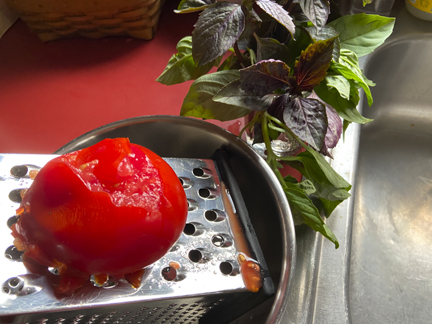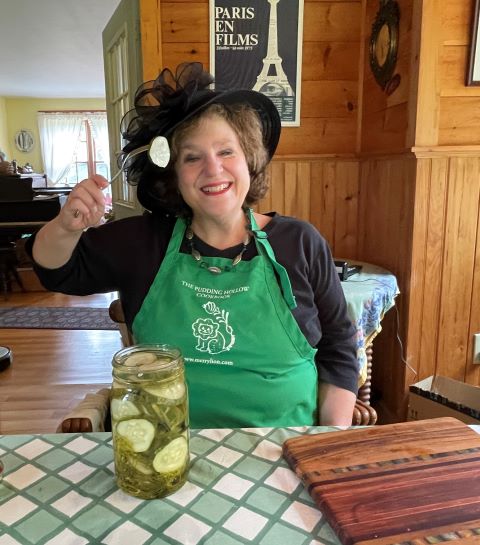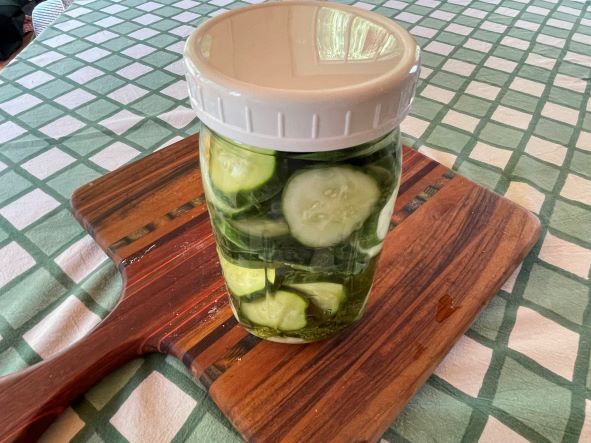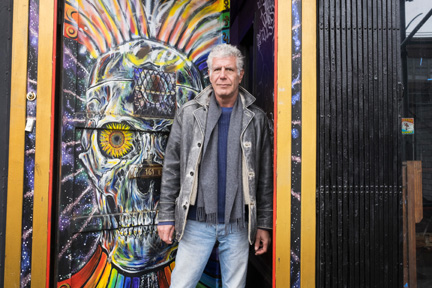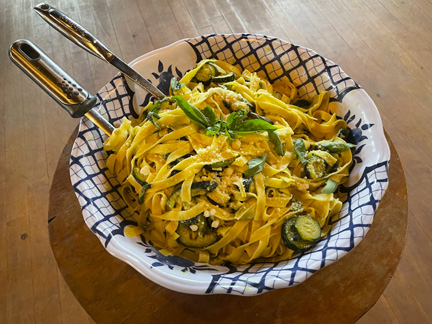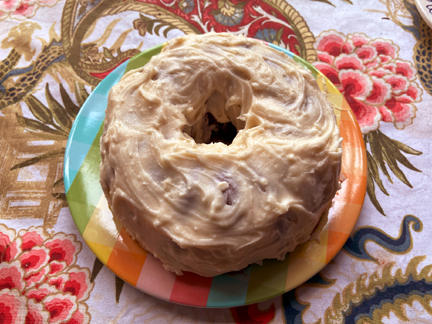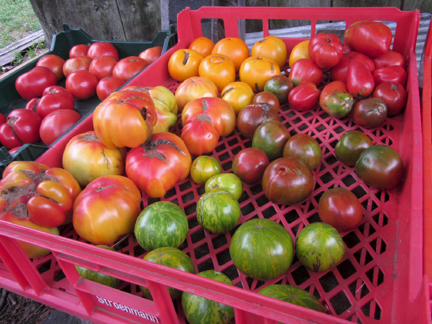
The days are beginning to get shorter, but I won’t worry about that yet … because mid-summer is tomato season. I wait for this season all year long.
I simply can’t bring myself to eat fresh tomatoes in the winter. (I do still consume salsa and dishes that employ canned tomatoes.) I find them anemic and tasteless. In contrast, at this time of year, they glow with color and flavor. I eat August tomatoes as often as I can.
Tomatoes originated in small, wild form in the South America Andes region and made their way north to Mexico, getting bigger along the way as they became a cultivated crop.
They came to us in the United States through a complicated route in what the late scholar Alfred Crosby a beloved professor of mine, called The Columbian Exchange. His 1972 book of that title explored the ways in which crops, diseases, and animals were swapped between the Old World and the New.
When Spaniards arrived in Mexico in the 1500s they discovered people eating these lovely fruits (technically, tomatoes are a fruit, but we treat them as a vegetable). They brought them to Europe, where they eventually caught on first as ornamental plants and eventually as the food staple they are today.
Their adoption was a bit of a rocky road. They were in fact called “poison apples” at one point because when they were served on pewter plates the acid in the tomatoes pulled lead out of the plates, resulting in deaths from lead poisoning. Eventually, Europeans realized that the problem was the plates, not the fruits.
Tomatoes came to North America from Europe in the 1700s, again first as an ornamental plant and later as an edible. In the 1940s, historians circulated a dramatic apocryphal story that attributed their adoption as a food here to Colonel Robert Gibbon Johnson, an agricultural enthusiast who lived in Salem County, N.J.

Colonel Johnson
According to the legend, Johnson bravely defied the tomato sceptics in 1820 by carrying a bushel basket of tomatoes to the Salem Courthouse steps with the intention of gorging himself. Bystanders were convinced that he would be made ill by the supposedly poisonous red orbs.
When he emerged unscathed from this red snack, New Jersey and the rest of the United States were supposedly convinced to adopt tomatoes.
“From that day the tomato took off in the United States, and soon became a staple of American cuisine. Thanks to the brave Colonel Johnson, our lives are enriched by pizza, spaghetti sauce, ketchup, Bloody Marys, and B.L.T.’s,” wrote Marc Mappen in The New York Times.
The story was further spread and enhanced in 1949 when the CBS radio program You Are There reenacted Colonel Johnson’s dramatic snack on the courthouse steps.
Unfortunately for those of us who like a nice juicy (pun intended) myth, the story isn’t true. It was debunked in 1990 in an article in the journal New Jersey History.
Most tomato lovers don’t care, particularly in Salem County, N.J., where Colonel Johnson’s defiant consumption of tomatoes was idolized and recreated for many years on the third Sunday in August at the Salem Tomato Festival.
A plague in front of Johnson’s house continues to laud him as a “champion of New Jersey tomatoes.”
I like to emulate Colonel Johnson frequently at this time of year, when I bite happily into tomatoes day after day. Generally, I eat them raw and sliced—but I recently came across a fun, quick fresh-tomato recipe in The New York Times.
My adapted version of that recipe (even the Gray Lady of American journalism isn’t safe from my culinary experimentation) appears below. It BARELY cooks the tomatoes into a sauce, preserving their fresh flavor and color.

Very Quick Tomato Sauce on Pasta
(adapted from The New York Times)
Ingredients:
12 to 16 ounces thick spaghetti (depending on appetite)
4 large tomatoes
1 generous splash extra-virgin olive oil
4 cloves garlic, finely chopped
1 large pinch salt
1/2 to 1 teaspoon crushed red pepper
2 to 4 ears leftover corn, cut off the cobs
1 cup grated Parmesan
1 handful basil leaves, torn at the last minute
Instructions:
Cook the pasta in salted water to the al dente stage, according to the package instructions. You can use rock salt or iodized salt.
While the pasta is cooking, core the tomatoes and trim off the bottoms. Use a box grater to grate the tomatoes into a large bowl until nothing but skins remain. (The skins should protect your hands from the grater.)
The New York Times advises the reader to discard the skins. I just eat them; I love tomato skins.
When the pasta is ready, drain it in a colander. Pour the oil into the still warm pasta pot, add the garlic, and cook the combination over medium-high heat until the garlic becomes fragrant (about a minute).
Add the tomatoes, the large pinch of salt, and the red pepper, followed by the corn kernels. Cook until the tomatoes simmer (only a couple of minutes, really).
Turn off the heat, and stir in the pasta and the cheese. Serve garnished with basil. Serves 4.
